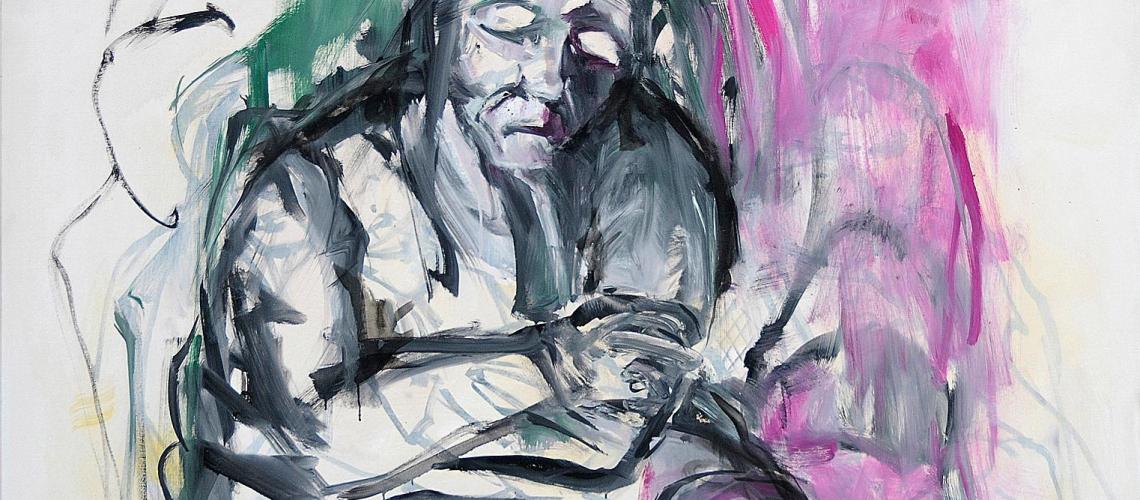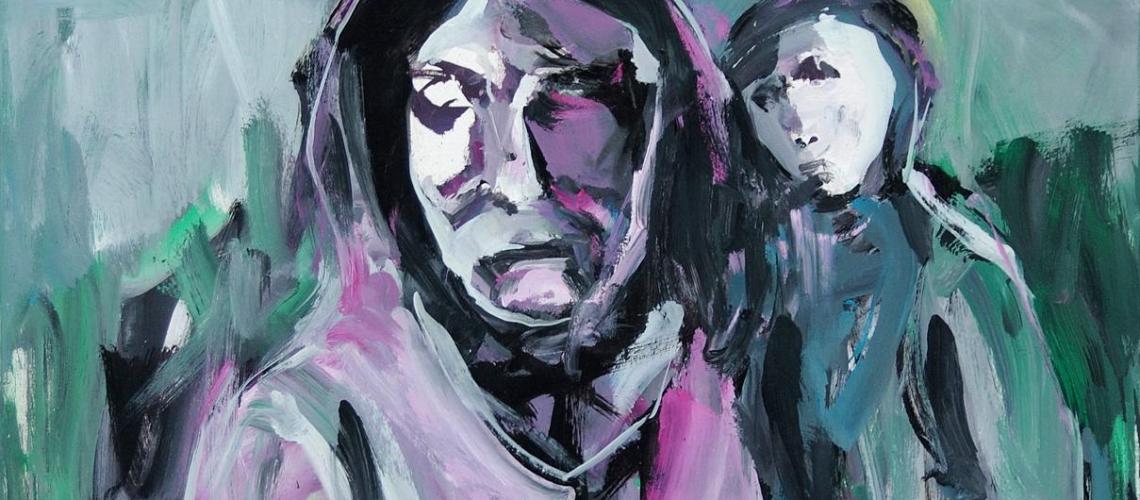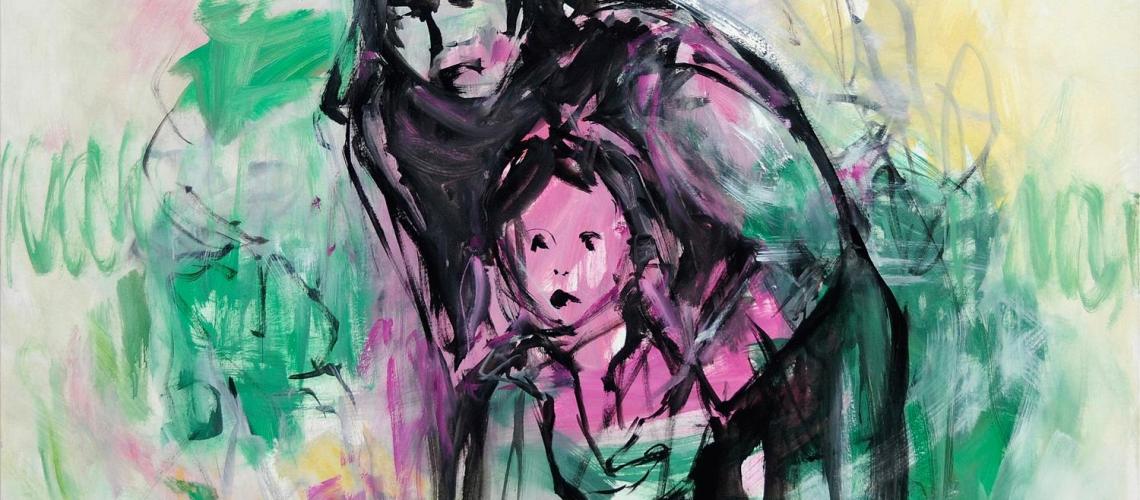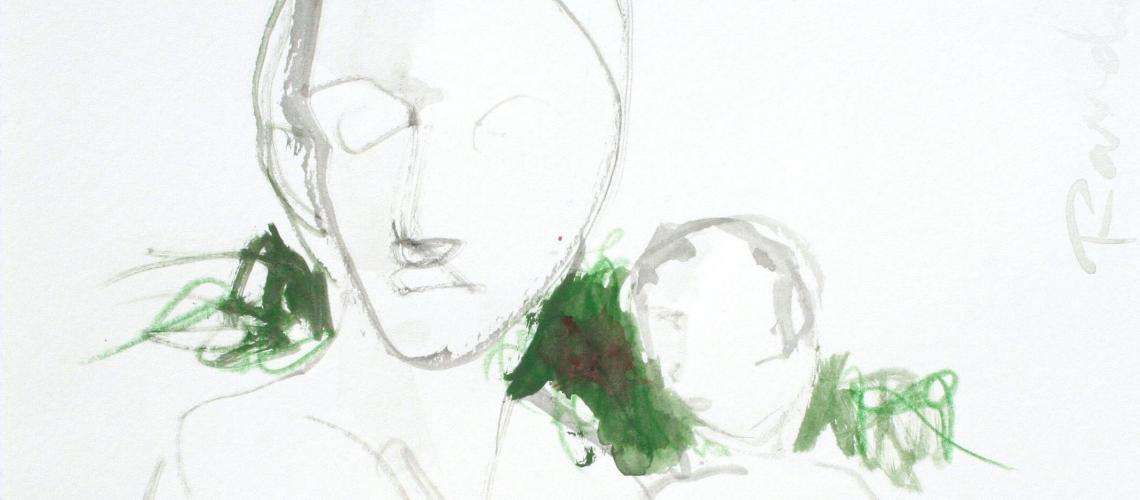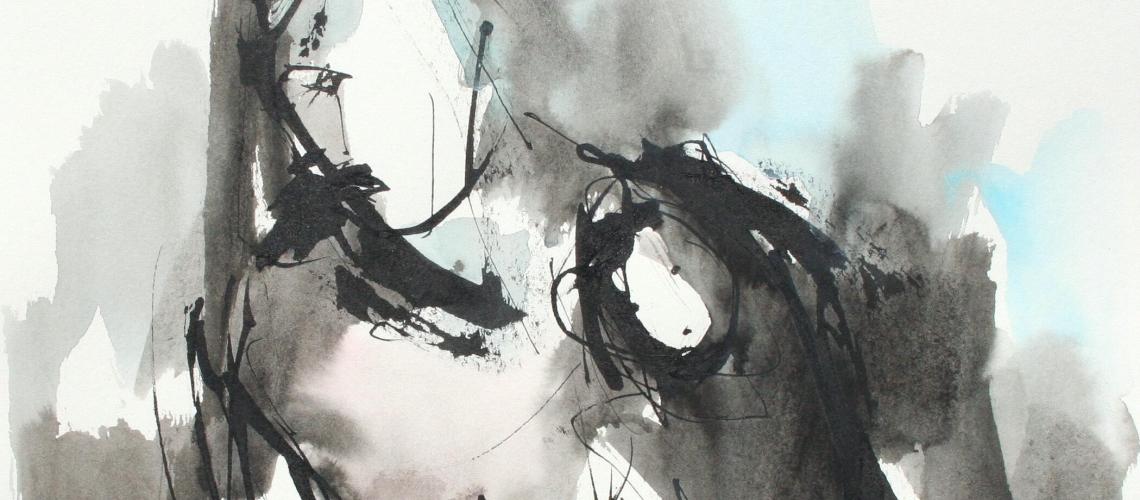La presente web ha sido creada por la Fundación- Museum Jorge Rando con carácter informativo y para su utilización gratuita y personal por el usuario de la misma. El acceso y la utilización de los contenidos de la web son de la exclusiva y única responsabilidad del usuario e implican el conocimiento y aceptación por parte de éste de los siguientes términos:
Titularidad
www.museojorgerando.org es un dominio en Internet de titularidad de la Fundación- Museum Jorge Rando con domicilio en C/ Molinillo, 12. 29013. Málaga.
Limitaciones de uso
Los usuarios que accedan a esta web están autorizados para visualizar toda la información y contenidos de la misma así como para efectuar "download" o reproducciones privadas de la misma en sus terminales, siempre y cuando los elementos reproducidos sean destinados exclusivamente a uso personal del usuario y no sean posteriormente cedidos o transmitidos a terceros, ni se instalen en cualquier servidor conectado directa o indirectamente a Internet o a una red local de forma que sea posible el acceso de esos terceros a la citada información a través de medios distintos de la propia web.
La Fundación-Museum Jorge Rando se reserva el derecho de prohibir o impedir el acceso a cualquier usuario que introduzca en la Web cualquier tipo de contenido contrario a las normas legales o la moral y cooperará con las autoridades en la identificación de las personas responsables que introduzcan en la Web contenidos que puedan suponer una violación de la ley.
Propiedad intelectual
La Fundación- Museum Jorge Rando tiene licencia de uso para reproducir y comunicar públicamente los textos y elementos gráficos que aparecen en esta web. El usuario conoce que los referidos contenidos se encuentran protegidos por los derechos de propiedad intelectual que, en su caso, correspondan a la Fundación-Museum Jorge Rando y a quienes ostenten la condición de autores o a sus herederos, conforme a la legislación vigente en el ámbito de la propiedad intelectual, singularmente a lo dispuesto en el Real Decreto Legislativo 1/1996, de 12 de abril, por el que se aprueba el Texto Refundido de la Ley de Propiedad Intelectual.
La comunicación pública de los contenidos a través de la web no implicará en ningún caso la cesión, renuncia o transmisión, total o parcial, de los correspondientes derechos de propiedad intelectual.
La infracción de los derechos de propiedad intelectual por el usuario se encuentra sujeta a la exigencia de la correspondiente responsabilidad legal por cualquier uso, fuera de los permitidos, que suponga la vulneración de tales derechos.
Responsabilidad
La Fundación-Museum Jorge Rando únicamente será responsable de la información contenida en esta Web que haya sido generada por la propia Fundación. La Fundación Jorge Rando no será responsable de las opiniones vertidas por los usuarios a través de los foros u otras herramientas de participación que pudieran desarrollarse. Asimismo, la Fundación -Museum Jorge Rando no asume ninguna responsabilidad por las informaciones contenidas en otras Webs no gestionadas directamente por la Fundación-Museum Jorge Rando a las que esta web pueda remitir por medio de enlaces hipertextuales (links).
La Fundación-Museum Jorge Rando no responderá de los daños y perjuicios que pudiera ocasionar la existencia de virus u otros elementos que pudieran causar daños en los sistemas informáticos, en los documentos electrónicos o en los ficheros de usuario de este sitio Web o de sitios web de terceros. Asimismo, la Fundación-Museum Jorge Rando no responderá de cualquier interrupción, error o fallo que se produzca en el sistema como consecuencia de un mal funcionamiento de la red o de los servidores conectados a la misma.
Modificaciones
La Fundación-Museum Jorge Rando se reserva el derecho de modificar, de forma unilateral y sin aviso previo, la prestación, configuración y contenido de la página web, de forma total o parcial, así como las condiciones de uso de la misma y el acceso a los servicios prestados.
Uso de los datos de contacto de acuerdo con la Ley Orgánica 15/1999 de Protección de Datos de Carácter Personal
En cumplimiento con lo establecido en la Ley Orgánica 15/1999, de 13 de diciembre, de Protección de Datos de Carácter Personal, le comunicamos que los datos facilitados por usted pasarán a formar parte de una base de datos creada por la Fundación Jorge Rando con la finalidad exclusiva de poder dirigir a su atención envíos de información sobre las actividades organizadas por la Fundación. Usted tendrá derecho, en cualquier momento, de acceso, rectificación, cancelación u oposición respecto al tratamiento de sus datos. En ese caso, puede mandar una comunicación a info@museojorgerando.org o por correo postal adjuntando copia de identificación válida a: Fundación Jorge Rando, C/ Cruz del Molinillo, 12. Málaga, 29003.
Legislación aplicable y jurisdicción competente
Las presentes advertencias legales se rigen por la legislación española. Todos los conflictos que pudieran derivarse de su interpretación, aplicación y cumplimiento, se someterán a los Juzgados y Tribunales de Madrid (España), renunciando expresamente las partes a cualquier otro fuero que pudiera corresponderles.
Condiciones de uso de los contenidos del área de prensa
El acceso y uso de los contenidos que alberga la sección web de prensa implica el conocimiento y aceptación de las siguientes condiciones por el usuario.
El uso de la información contenida en esta sección está destinado a periodistas y profesionales de los medios de comunicación para su difusión en relación con la actividad de la Fundación-Museum Jorge Rando.
Los usuarios que accedan a esta sección de la web están autorizados para visualizar los contenidos de la misma (textos y elementos gráficos), reproducirlos y comunicarlos públicamente, siempre y cuando la finalidad sea la de informar sobre las actividades de la Fundación-Museum Jorge Rando en prensa y medios de comunicación.
La Fundación-Museum Jorge Rando tiene licencia de uso para reproducir y comunicar públicamente los elementos gráficos y audiovisuales que aparecen en esta página web. La publicación de los contenidos no implica la cesión, renuncia o transmisión, total o parcial, de los correspondientes derechos de propiedad intelectual por parte de sus titulares.
El usuario conoce que los contenidos y servicios ofrecidos a través de la presente página web se encuentran protegidos por los derechos de propiedad intelectual que, en su caso, corresponden a la Fundación-Museum Jorge Rando y a los creadores que, respectivamente, ostenten la condición de autores de los contenidos y/o servicios, de acuerdo a la legislación vigente.
